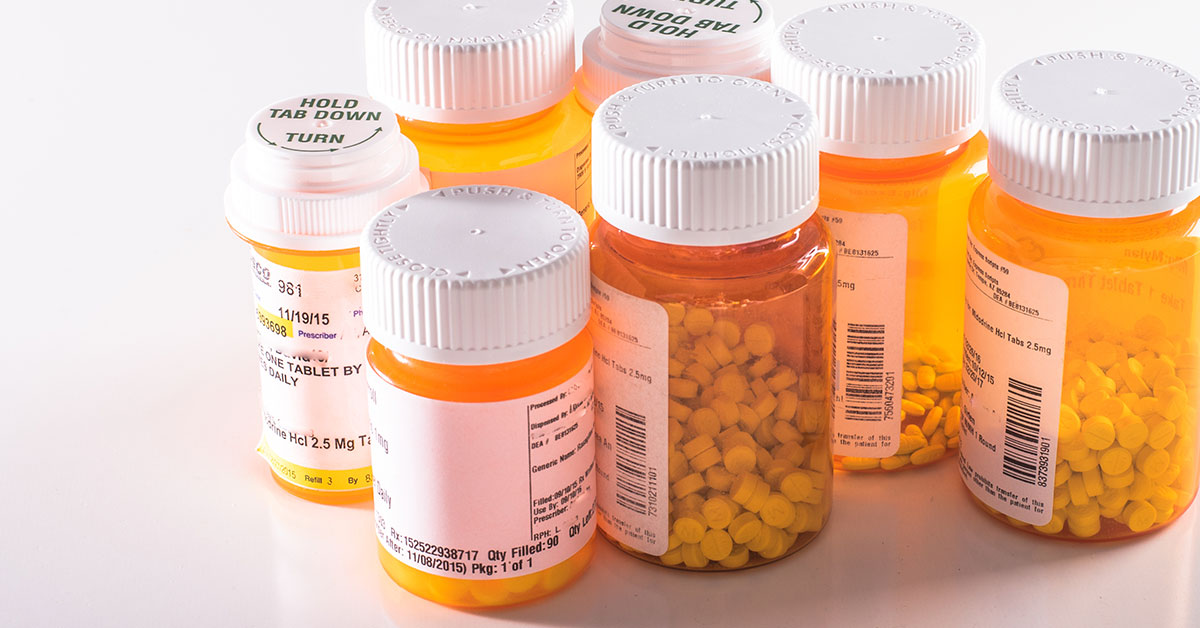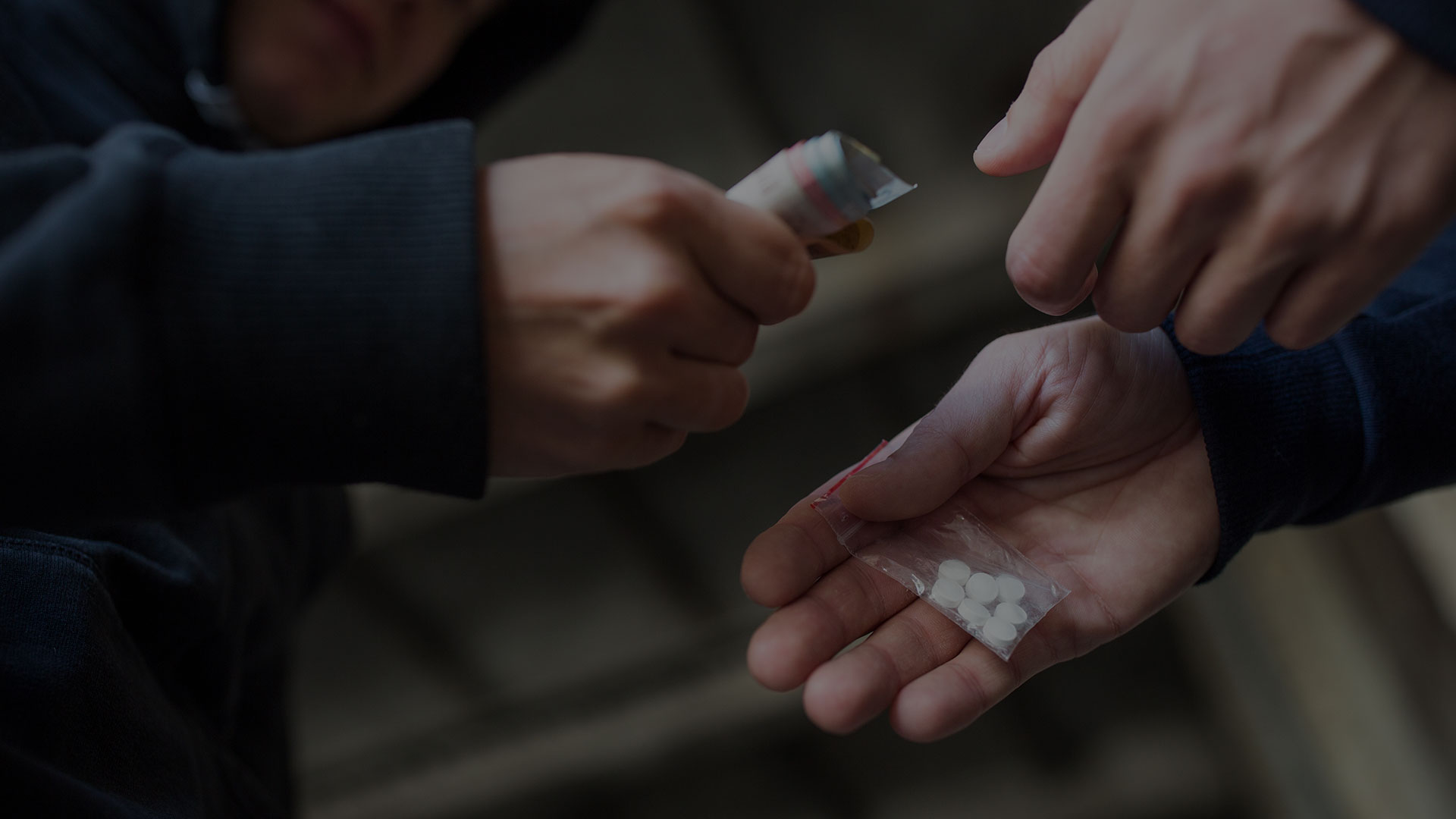03 Oct How The Opioid Epidemic Affects the Economy
Table of Content
When discussing America’s opioid crisis it is difficult to see past the titanic human price addiction to these drugs has cost our country. Abuse of heroin, fentanyl and their doctor prescribed cousins have led to an estimated one hundred overdose deaths a day, accompanied by the unimaginable suffering of the deceased’s families and the daily struggle of the addicted. However, beyond the grief and pain, there is another price to be paid for America’s increased abuse of opioids, an unseen victim whose continued survival affects every one of us: the Economy.
After the housing crisis hit the U.S. many people, employed and unemployed, took to abusing prescription pain medication to soothe their emotional pain and stress. Since 2008 the rate of abuse has risen as the number of those seeking work or already working has stagnated. This inversion of hope is demonstrative of the opioid epidemic: opportunity for treatment, for employment and for recovery is ignored in favor of feeding the addiction. Even if you don’t know someone currently abusing or addicted to opioids (which odds are at this point you do), it is an absolute fact that the epidemic has affected your life through your wallet.

The Crisis in Numbers
In 2015, the Nation Survey of Drug Use and Health found that 97.5 million Americans use prescription pain pills in their daily lives. Whether to treat chronic pain or recover from surgery or injury, the sad fact is that 13% misuse them – that is 12.5 million people abusing their doctor prescribed medication or that acquired illegally in order to get high. Sales of prescription opioid painkillers have risen 300% since 1999 while drug overdoses have tripled since 2000, two thirds of which were opioid related. As many as 2.1 million Americans are suffering from some form of physical dependence on prescription opioids and a further 467,000 are estimated to be addicted to heroin. Over the past twenty years, drug overdose has replaced automobile accidents as the leading cause of accidental death in the United States. Of the 47,000 deaths, almost 19,000 were related to prescription pain relievers, plus another 10,574 overdose deaths related to heroin. From a humanitarian point of view these numbers are staggering. From an economic point of view they represent a loss to the criminal-justice-system, health-care system and the American economy of nearly $78.5 billion (a 2013 estimate, the problem has grown significantly since).
Cost to the Criminal-Justice-System
To many, the cost to the criminal-justice-system would seem to be the most expensive economic load for the U.S. to bear. This is where the fight against opioid abuse hits the streets. However, a grand majority of police and Drug Enforcement’s efforts are focused on illegal heroin, rather than prescription medication.
The road from abusing prescribed opioids to heroin addiction is an easy path to follow, since it is, more often than not, dictated by the economic concerns of the addicted. The fact is prescription opioids are expensive while heroine is comparatively cheap. Both prescribed opioids and heroin are synthesized from the opium poppy, resulting in similar highs while also satisfying the same chemical craving. When a prescription opioid addict can no longer afford the high cost of their preferred drug, the cheaper, illegal alternative becomes the new objective. However, it is when the addict can no longer afford heroine that the real trouble for the criminal-justice-system begins.
The illegal drug trade has accounted for a tremendous amount of violent and nonviolent crimes in the United States. The Bureau of Justice Statistics has found that 18% of convicted criminals committed their crimes in order to procure money for drugs. Addiction to opioids – the most addictive drugs in the world with a 90% relapse rate within a week of quitting – can therefore be pinpointed as a prime motive behind a large number of crimes in the U.S., including robberies, home invasions and murders. This does not include the growing number of gang-related shootings and deaths that are a side effect of the drug trade. These gangs, and many criminal organizations, survive off the sale of illegal drugs and fight each other for the right to sell them on the streets. If we look at the recent wave of gang violence in such places as Chicago and Baltimore, we can see a direct correspondence in heroin demand and use. The efforts by law enforcement to crack down on the violence has cost the American taxpayers billions of dollars and is one of the many byproducts of opioid abuse and dependence.
According to the Public Welfare Foundation, one in five of America’s 2.3 million incarcerated people are locked up for a drug offense, many of whom are heroin users. Now let’s focus on the economic burden of incarcerating just these drug offenders. The cost of housing, feeding and guarding the estimated 460,000 of them is monumental (roughly fifty-two dollars a year for every taxpayer, not including the cost of Drug Enforcement and police investigations and man hours). The sharp uptick in opioid users, the highly addictive nature of these prescription medications, and the resulting boom in heroin addiction has contributed heavily to this growing cost. In 2011 an estimated $5.1 billion dollars had been spent by the criminal-justice-system in combatting the opioid epidemic – a huge sum that doesn’t take into account the last six years of rising opioid abuse. However, this hefty price is nothing when compared to the cost to health-care.
Cost to Health-Care
When used as prescribed, opioids like Oxycodone and Hydrocodone can soothe our pain and leave no lasting harmful effects on our bodies. The pain-relieving properties of these drugs have been proven effective time and time again. Morphine administered to soldiers wounded on the battlefield, codeine to treat a hack cough, vicodin to numb pulled wisdom teeth – opioids are a tent pole of the medical community. Even Fentanyl, the most potent opioid on the market today, has purpose as a welcome comfort for those dying of cancer. However, the flip side of the opioid coin, the epidemic of abuse and addiction, is in no way comforting.
80% of heroin users started by abusing prescription opioid medications first. This doesn’t necessarily mean that the opioid was prescribed to the abuser; in fact seventy-five percent of opioid abusers begin using medication not directly prescribed to them, but there is still a direct correlation between prescribed use and subsequent abuse.
It is estimated that there are close to ten million people receiving daily, long-term treatment with opioids. The CDC website, however, claims that “there is little evidence that long-term opioid treatment improves chronic pain, function, and quality of life.” A startling study done in 2016 found that a quarter of all workers’ compensation prescription drug costs are paid for opioids, while a vast majority of workers who use them for more than three months don’t ever return to work due to dependence or other side effects (enter: the opioid epidemic).
Insurance claims to treat opioid dependence or abuse rose astronomically from 2011 to 2015 from seventy-two million to seven hundred and twenty-two million – a staggering 1000 percent in just four years. Opioid abusers or dependents account for five times more individual medical costs paid out by insurance companies than individuals who do not abuse opioids. Treatment costs alone are 450 percent higher than those of normal patients, almost $20,000 per opioid abuser. However, be it through methadone, buprenorphine or naloxone treatment, Rapid Detox, Narcotics Anonymous or rehabilitation, treatment of those seeking help is worth the price, especially if you consider the grisly alternative.
Consider for a moment the cost of the doctors, nurses and EMTs trying to save the life of one person who has overdosed – not to mention the hospital bed, ambulance and emergency room space taken up by that person – and then multiply that by the twelve and a half million opioid abusers in the United States. Even as a worst case scenario, you begin to realize how impossibly expensive and truly crippling to the health-care system this crisis could actually become if we do not focus on trying to treat those already addicted. Six years ago, in 2011, a study by Pain Medicine found that an estimated twenty-five billion dollars had been spent in health-care costs related to opioid abuse – considering the 1000% rise in insurance claims for opioid abuse treatment since then, you can bet that it’s a lot more now.

Cost to Employers
Despite a growing job market and decline in unemployment, economists have found that the American labor force participation rate (those working or actively searching for work) has remained nearly the same as it was immediately after the 2008 economic crisis. On the surface, this stagnation is hard to explain. How could the speed of America’s economic recovery outpace our will to work? The answer is hard to stomach: since the recession, fewer and fewer prime working-age males are looking for work, and many of them are abusing opioids.
With rising worker’s compensation costs, hikes in insurance, lost employee productivity and missed work, it is estimated that opioid abuse is costing employers $25.5 billion a year. Both small businesses and big corporations are bearing the brunt of the financial costs of the opioid epidemic. If a worker gets hurt at work, is prescribed opioids for their pain and subsequently becomes an opioid abuser, it is the employer who will end up paying for higher rates in insurance as well as having lost a trained employee. If an employee becomes an opioid abuser on their own, then there is a large possibility their performance in the workplace will suffer. Opioid abuse has various harmful effects on the body and brain, often resulting in drowsiness, depression and a deterioration of cognitive and physical function (not to mention a host of serious afflictions to the respiratory, digestive, nervous and immune systems). If an employee suffers from any one of these symptoms it may affect their ability to perform their necessary duties at work and could result in financial loss and workplace accidents. Now, all of this may seem pedantic when weighed against the personal suffering of the opioid abuser and their loved ones, but it highlights the first paint stroke in a larger picture of how the opioid epidemic is harming the economy.
Loss of productivity, absence of employees, a higher likelihood of workplace accidents and dramatic incidents can spell disaster for a small business. Furthermore, recent state court judgments have ruled that when workers injured on the job overdose on their prescribed opioids it is the employer and workers’ comp insurers who are financially responsible. This brings us to the economic value of a lost life. Insurance companies commonly value a single human life at five million dollars (the earning and spending power of an average person over their lifetime). If we multiply that five million by a conservative estimate of twenty to thirty thousand opioid related deaths a year then we can see that the opioid abuse is costing the economy an additional hundred to a hundred fifty billion dollars a year.
Countering the Crisis
The opioid crisis is causing significant damage to the economy of the United States. Huge amounts of money and large swathes of the population are being lost to the addictive and destructive nature of these drugs. The forecast seems bleak as the abuse continues and becomes more and more prevalent. So how do we stop the bleeding? How do we stem the rising tide of opioid abuse and dependence without spending billions more dollars? The fact is we can’t. Treatment costs money, awareness campaigns and police task forces cost money. But it’s worth it. In 2016, President Obama committed an extra $1.1 billion to fight the opioid epidemic. Recently, President Trump has forced the issue back into the limelight. If we don’t spend now to help the suffering, if we don’t invest in treatment, in law, in health-care, we could face a nightmare situation of mass addiction and overdose that eclipses the current one. As bad as it seems, there are treatments that work, there are men and women willing to fight the fight to help save abusers from these drugs and, in doing so, help save the economy.
Sources:
Hagemeier, Nicholas. “Introduction to the Opioid Epidemic: The Economic Burden on the Healthcare System and Impact on Quality of Life.” AJMC. 11 May 2018. 8 Mar. 2019. https://www.ajmc.com/journals/supplement/2018/combating-opioid-epidemic/intro-opioid-epidemic-economic-burden-on-healthcare-system-impact-quality-of-life
“The Severe Economic Costs of the US Opioid Crisis.” The Hill. 8 May 2019. https://thehill.com/opinion/finance/392294-the-severe-economic-costs-of-the-us-opioid-crisis
“The Impact.” The Opioid Crisis. 8 Mar. 2019. https://www.theopioidcrisis.com/the-impact



 678-771-6411
678-771-6411


No Comments